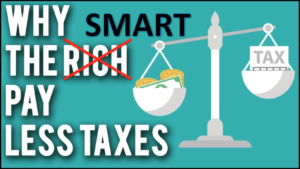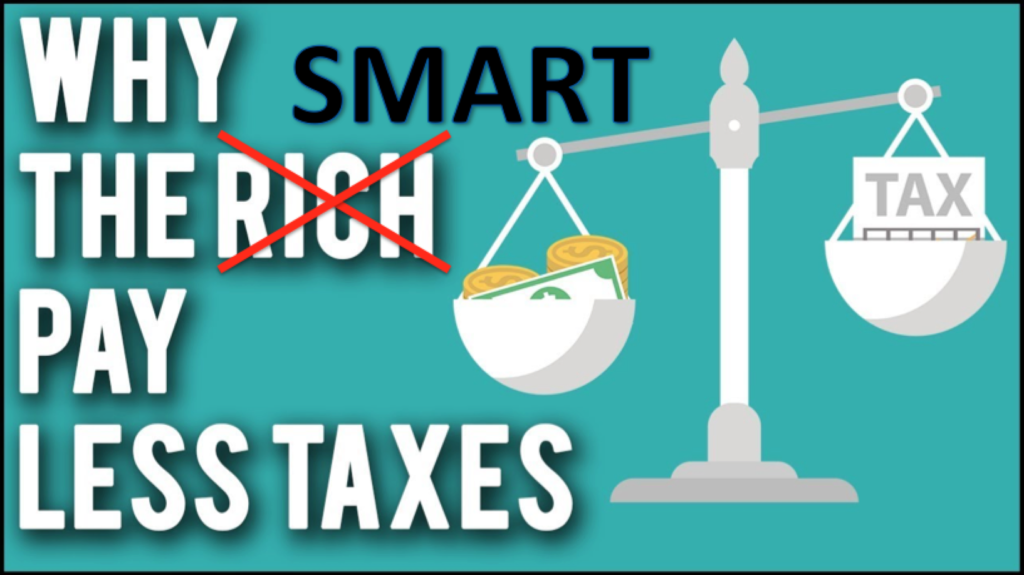
Capital Gains
Simply put, capital gains occur when a property is sold for more than what it was purchased for. A property that was purchased for $1M and sold for $1.2M will have $200k capital gains. Only 50% of the capital gains is subject to tax, meaning only $100k is taxable. This amount will be added to the owner’s taxable income for that year. For all intents and purposes, this generally means that almost the entire $100k will be taxed at the marginal tax rate, which we can generally estimate at 50%.
So if you were to sell a property and make $200k in capital gains, you should estimate to set aside $50k (25%) to pay in taxes at the beginning of the following calendar year (e.g. if sold in 2018, 2018 taxes are filed in April 2019, taxes to be paid around April 2019).
Reducing Capital Gains
Going deeper… capital gains are actually calculated using the Disposition Proceeds MINUS Adjusted Cost Base MINUS Outlays & Expenses.
- Disposition Proceeds are the funds you received for your property from the sale.
- Adjusted Cost Base would be the purchase price of the property. Renovations costs can also be included, as well as any expenses to acquire it, such as legal fees, Land Transfer Tax, etc.
- Outlays and Expenses: Costs associated with the sale of the property. Lawyer fees, Realtor fees, etc.
So it’s important to keep good records / bookkeeping because you are actually able to reduce your Capital Gains by deducting the relevant expenses.
Recapture
Claiming depreciation on the building is a GREAT thing from an operational perspective (i.e. straight line depreciation of 4% of the cost of the building over the course of 25 years… and you/your accountant can designate the building value vs. land value to whatever is appropriate… I recommend making the building value as high as possible). It effectively brings down your operating income down to zero, in 99% of the cases, meaning that you SHOULD be paying income taxes due to rental income (this is a separate topic altogether). BUT, upon sale, if you sell the property for MORE than what you paid for it, then the CRA will say “hey, you can’t depreciate it after all, since it went UP in value!”. This means that you have to pay the tax deduction that you took on the depreciation of the building back to the CRA. But that’s ok, because you effectively had a tax free loan from the CRA during the entire time. And it helps with cashflow from an operations perspective.
Principle Residence
Your PR is NOT subject to capital gains. NOTE: Starting in 2016/2017, the CRA requires that the sale of a principle residence to be reported on your tax return.
% of Use
If you lived in one unit of a multi, an accountant would probably recommend to designate your unit as a % of the entire property as Principle Residence. For example, 1 unit out of 3 would be 33.3% principle residence, 66.6% rental property. This is not an exact science… you may be able to argue your principle residence portion as a actual % sqft of the whole, or # of floors… so let’s say that you lived on 2nd and 3rd, then you may be able to say that you are designating 50% as primary residence. This is going to be up to you and your accountant.
Change of Use
If a property was previously your primary residence, and then you moved out and then turned it into a rental property, then it’s deemed a Change of Use. It would be capital gains exempt under Principle Residence for the duration that you lived there, and then it would be subject to capital gains for the duration that it is a rental property.
At that point, you are supposed to technically get a appraiser to appraiser its market value at that point in time. However, this is usually overkill and a waste of money, and a “Letter of Opinion” from a reputable Realtor (i.e. us!) would usually suffice. We would pull comps and be able to defend the market value. You would want the market value to be as HIGH as possible, so that more of the capital gains would be Principle Residence exempt.
Dirty Little Secret Rule
Oh, and there’s a very obscure little known rule whereby if you change your Primary Residence into a rental property (“Property #1), and you move somewhere else (“Property #2”)… let’s say that you are RENTING the Property #2 (i.e. you become a tenant)… or if Property #2 is not as valuable of a property with limited upside potential… you can continue to designate Property #1 as your primary residence for up to another 4 years, even though it is actually a rental property.
About Us
The Volition Investment Properties team are experts in Toronto real estate. We’ve helped investors invest in over $110M+ in real estate, build over $47M+ in wealth, and generate $4.5M+ in cashflow. We’ve also educated over 650+ investors at our Monthly Real Estate Investment Mastermind meetup (www.meetup.com/Volition). Contact us today for a free 60 minute complimentary consultation to see how we can help you reach your real estate goals, so that you too can “Live Life By Design, Not By Default”.



